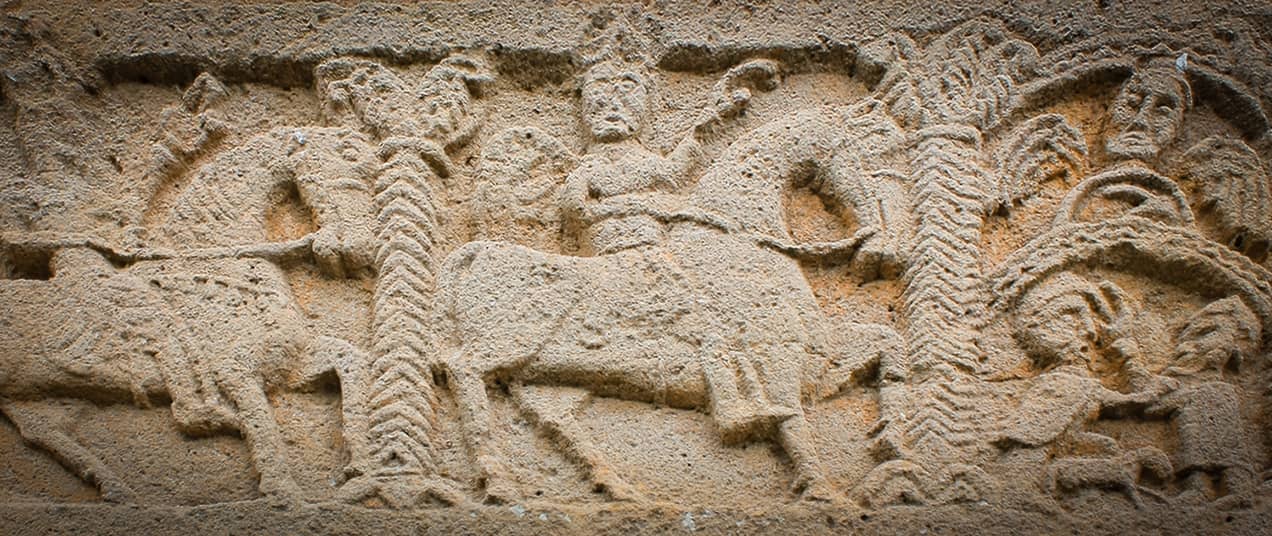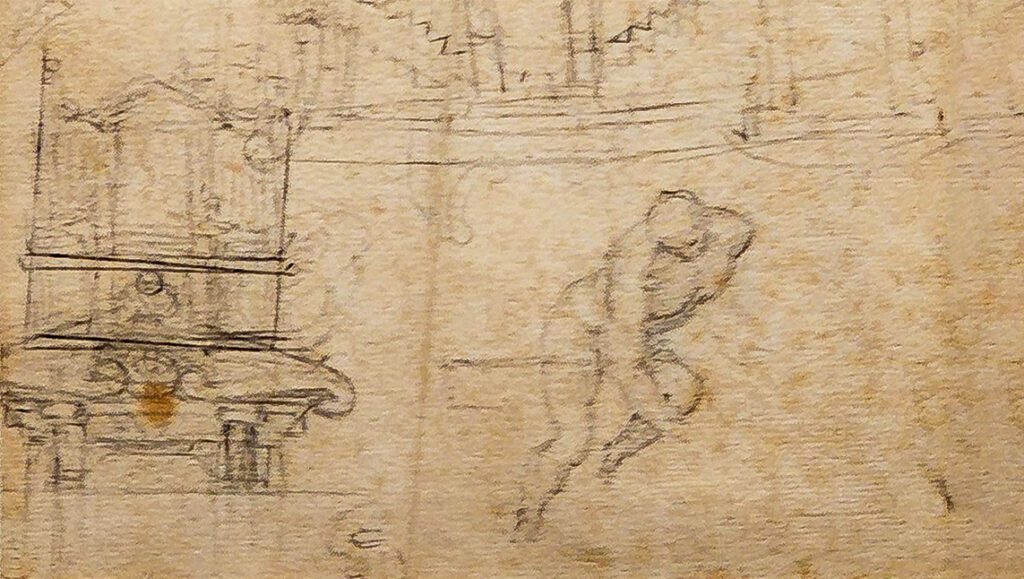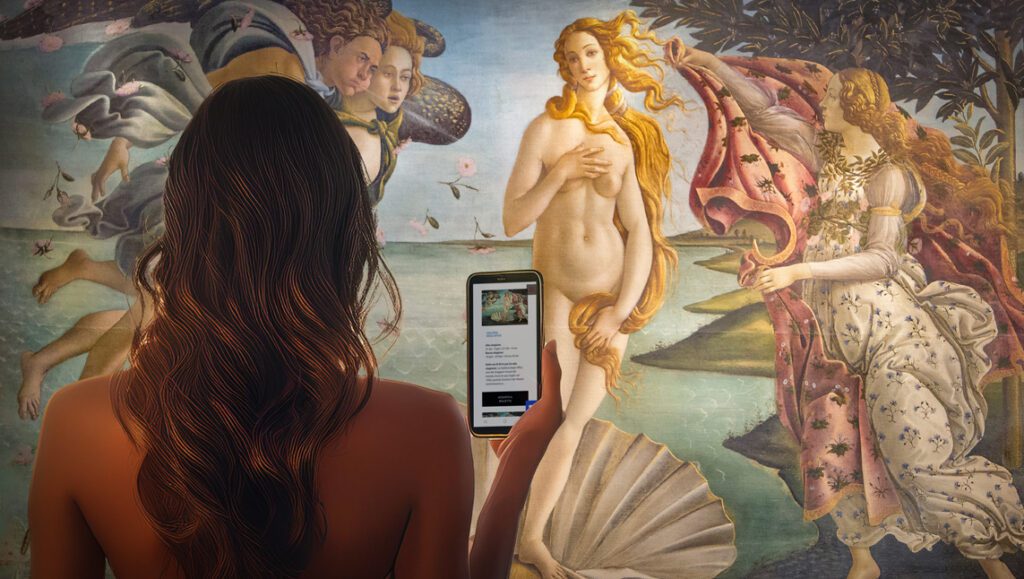
The Cavalcade of the Magi, 12th century, Pieve di Corsignano, Pienza
The ‘hidden’ cavalcade of the Magi
Among the various representations of the Kings, particularly frequent in the Florentine environment thanks to the fortune the theme had in the early Renaissance due to the commissions of the powerful merchant families, there is one particularly care about and that today I point out, at the beginning of this new year that started quietly. It is a not large relief, an almost intimate work as it is hidden from the most distracted visitor’s view.
While at Christmas I told you about the ‘incomplete’ Adoration of the Siena Pinacoteca, the Cavalcade of the Magi to the discover in a church in the Val d’Orcia I am talking about is instead an extremely complete work.
The journey of the Kings represented on the architrave of the Pieve di Corsignano’s right portal in Pienza is a representation of great evocative power, capable of condensing, in a few centimetres, the great mystery of God made man, adored by shepherds and kings.
Iconographers such as graphic designers
Like modern graphic designers, the Romanesque iconographers demonstrated in this relief how a schematic representation could render the Gospel’s passages in which the birth of Christ, the announcement to the shepherds and the journey of the oriental kings towards the cave of Bethlehem are described. The artist or artists behind the work engraved these crucial episodes of the mystery of the Incarnation on the soft local sandstone, in which God became man for the humanity salvation.

The Cavalcade of the Magi, detail of the manger, 12th century, Pieve di Corsignano
A character in each bulkhead
As happens in one of Charlie Chaplin’s Modern Times machines, in the Cavalcade of the Magi to discover in the church of the Val d’Orcia the divine incarnation gear appears to trigger a series of actions taking place, each one, in a watertight compartment: from left to right, the Magi advance towards the place of the newborn, but before him an angel announces the message to the shepherds; later we find Jesus in the swaddling clothes, warmed by the ox and the donkey. Finally, Joseph is recognizable as an isolated character, in the traditional pose of a meditator on the prodigy he witnessed.

Lateral portal with the Cavalcade of the Magi, Pieve di Corsignano, Pienza
However, the most surprising thing at first sight of this relief is the absence of the Virgin, who is usually the protagonist of the Nativity or the Adoration of the Magi’s scenes (just think of how in the ancient iconographic tradition she appears in the guise of Theotokos – the mother of God – as she often finds herself represented). Due to the sandstone wear, today it is difficult to identify with certainty the figure that dominates the two animals warming the child; the presence of the wings, although very worn, would not doubt in identifying him as an angel. Instead of the Virgin, intermediary and merciful mother, it is an angel who watches over the child Jesus and the animals are the protagonists, as if to emphasize the rural character of an image to which the historical spectators of this relief were accustomed: the peasants of the Val d’Orcia.
A wonderful UNESCO site
In this scene that can then be said to be entirely masculine, the Magi ride to continue along the road that leads them to the cave, yet they somehow address a message to us. Precisely they look south, towards the vaunted land that the Val d’Orcia, declared a UNESCO World Heritage Site, yet these days it seems that this land is suitable for too many things, even for the storage of radioactive waste.
The pandemic seems to have led the representatives of the institutions to lose the sense of responsibility in protecting the cultural and landscape heritage. We hope the star of the Magi’s light will bring new light in these times of economic and ethical scarcity, allowing to preserve a territory that the appropriate protection policies have not only kept almost intact, but also made economically profitable and extolled by visitors from all over the world ⟢



